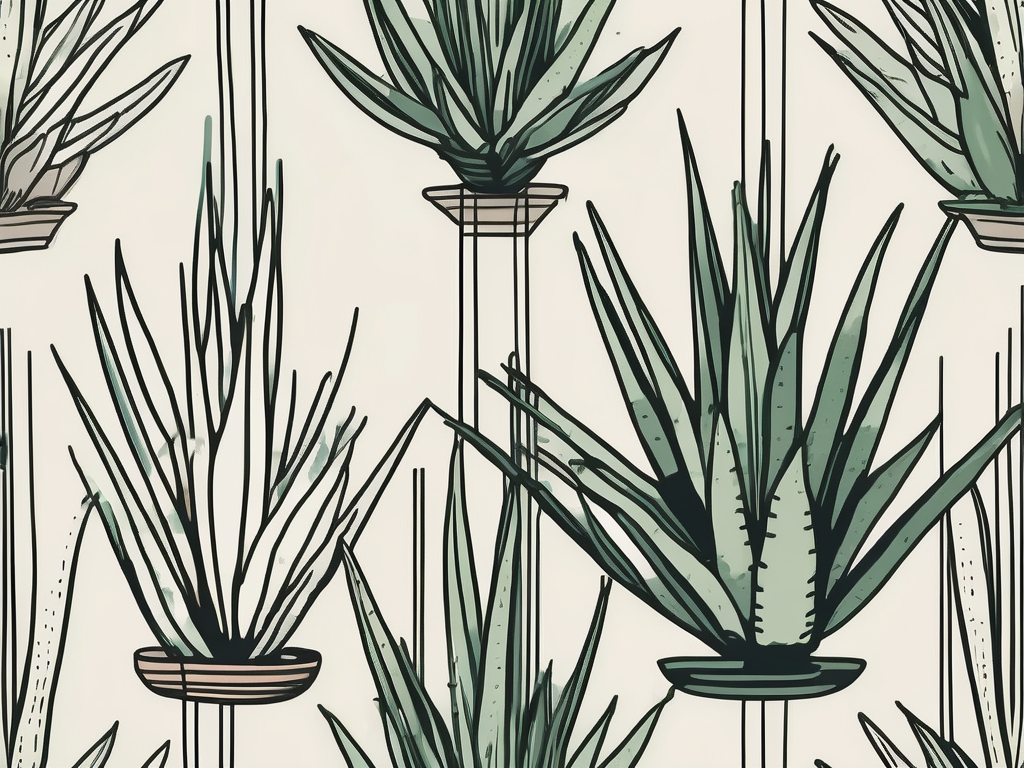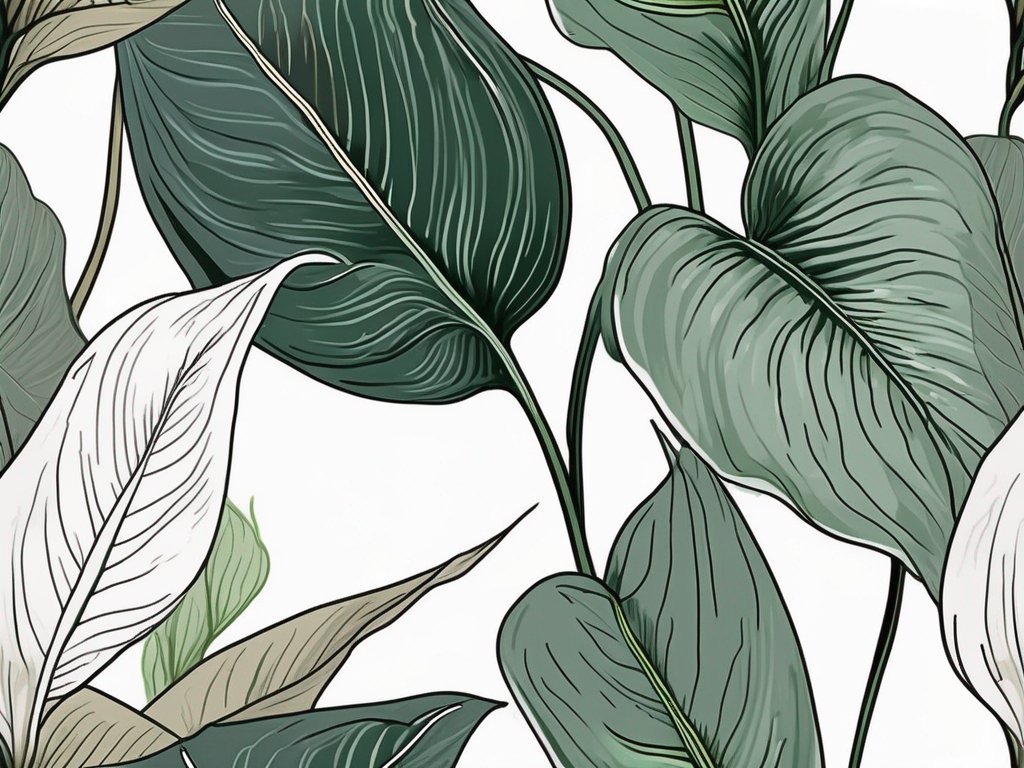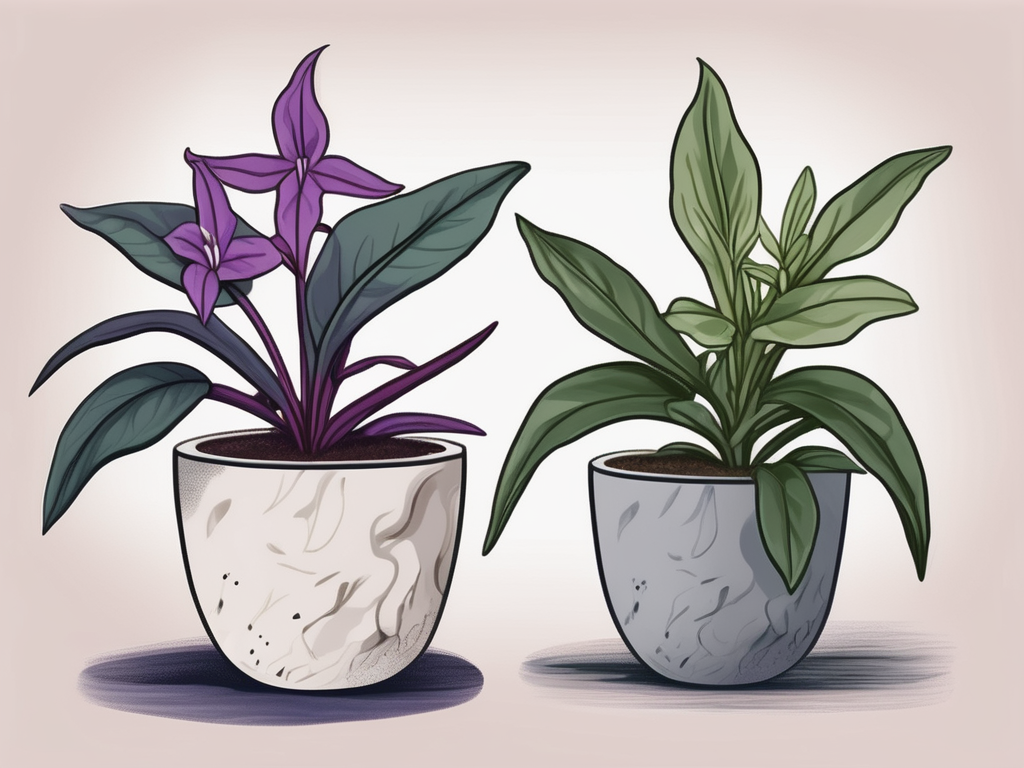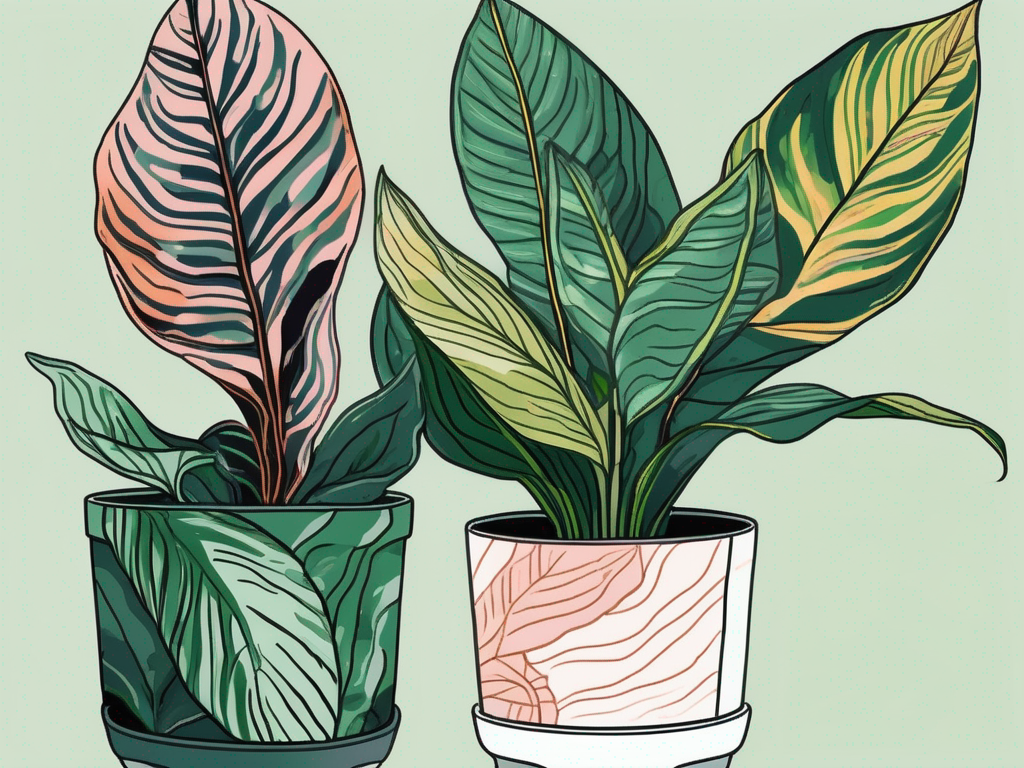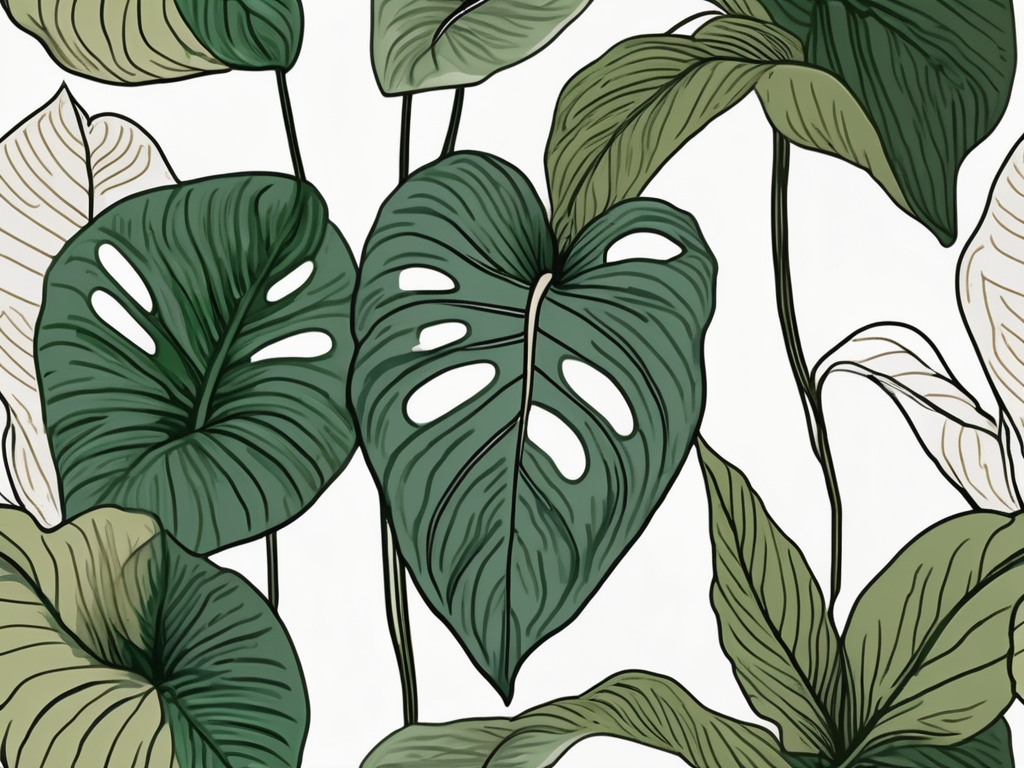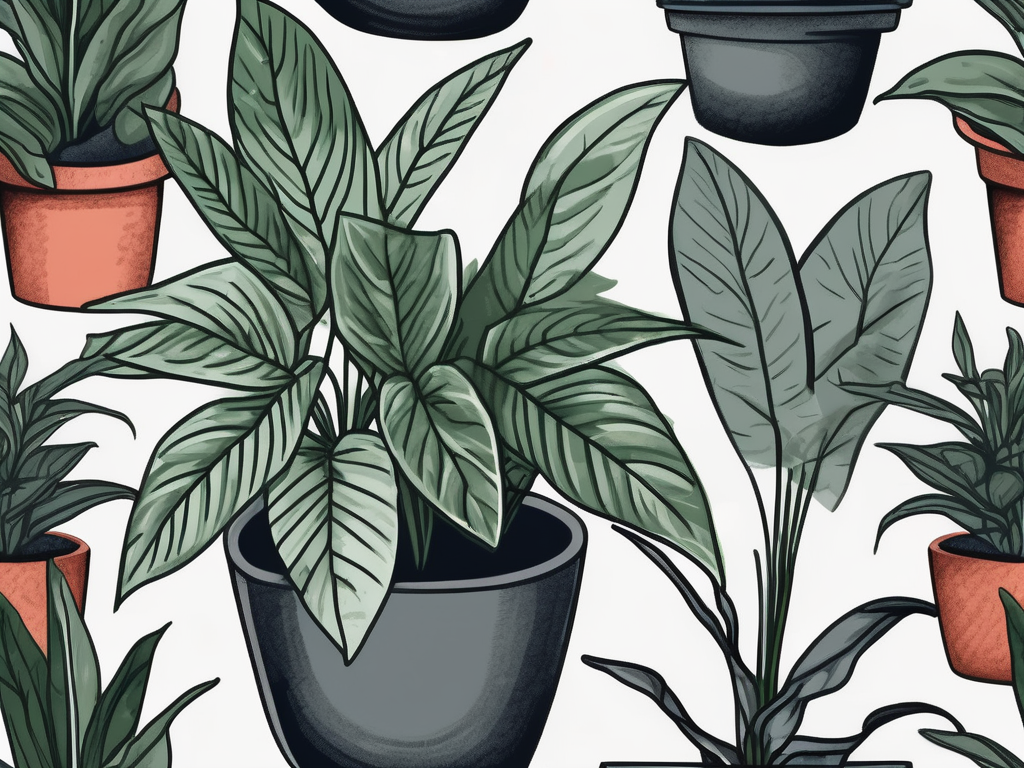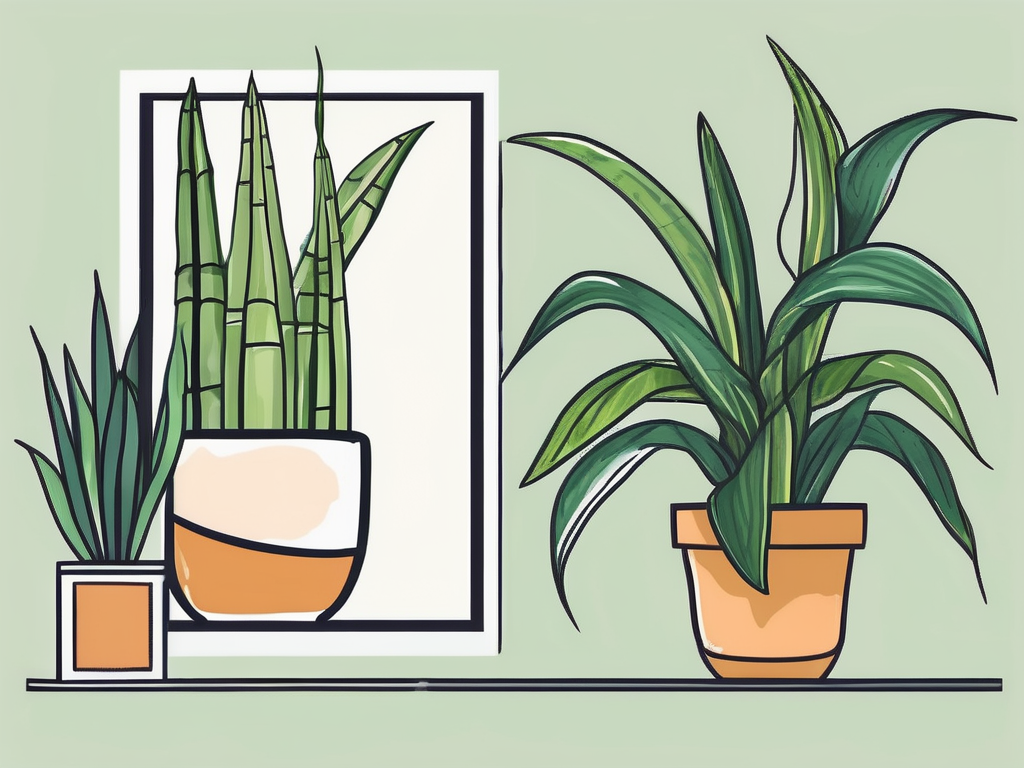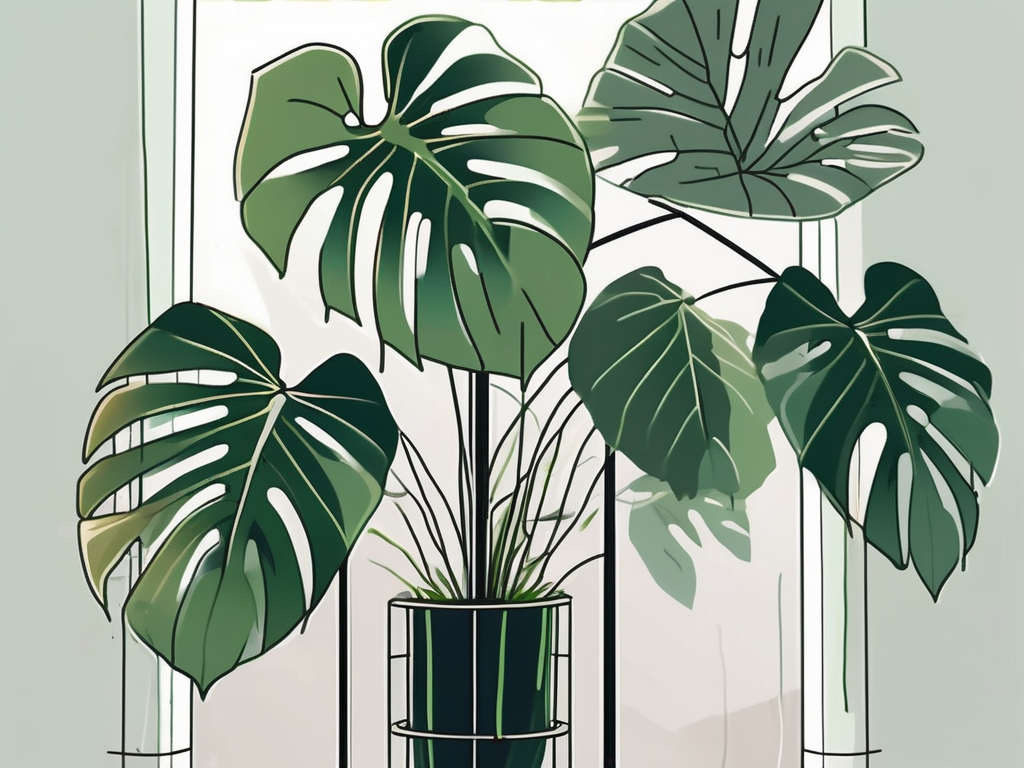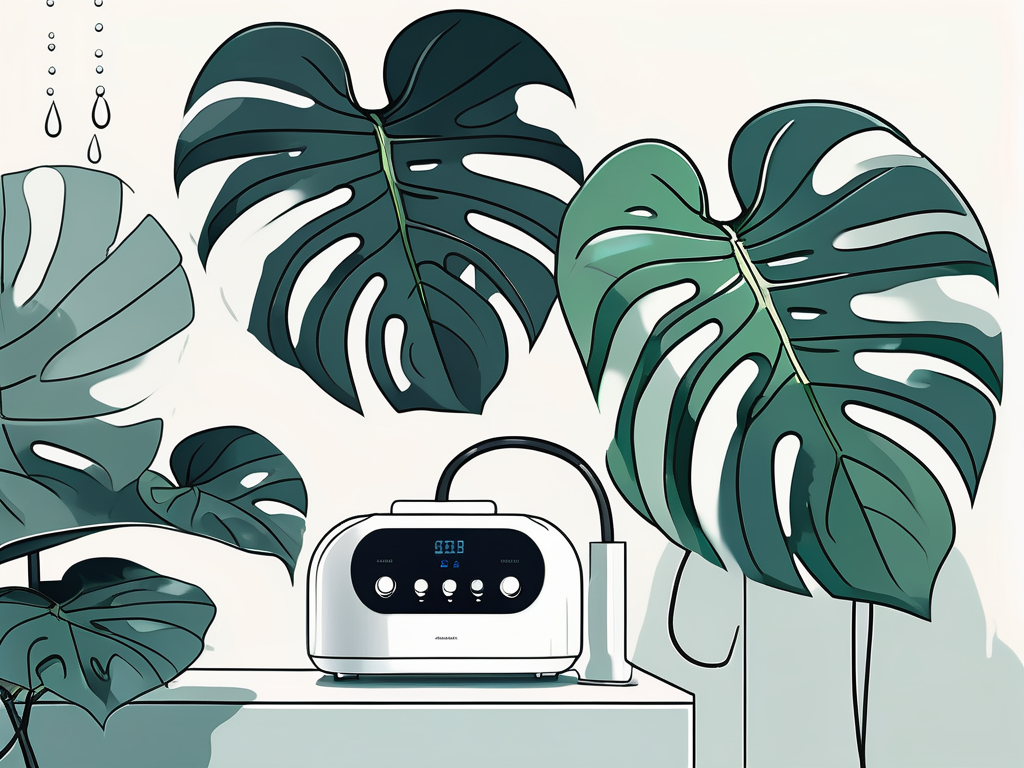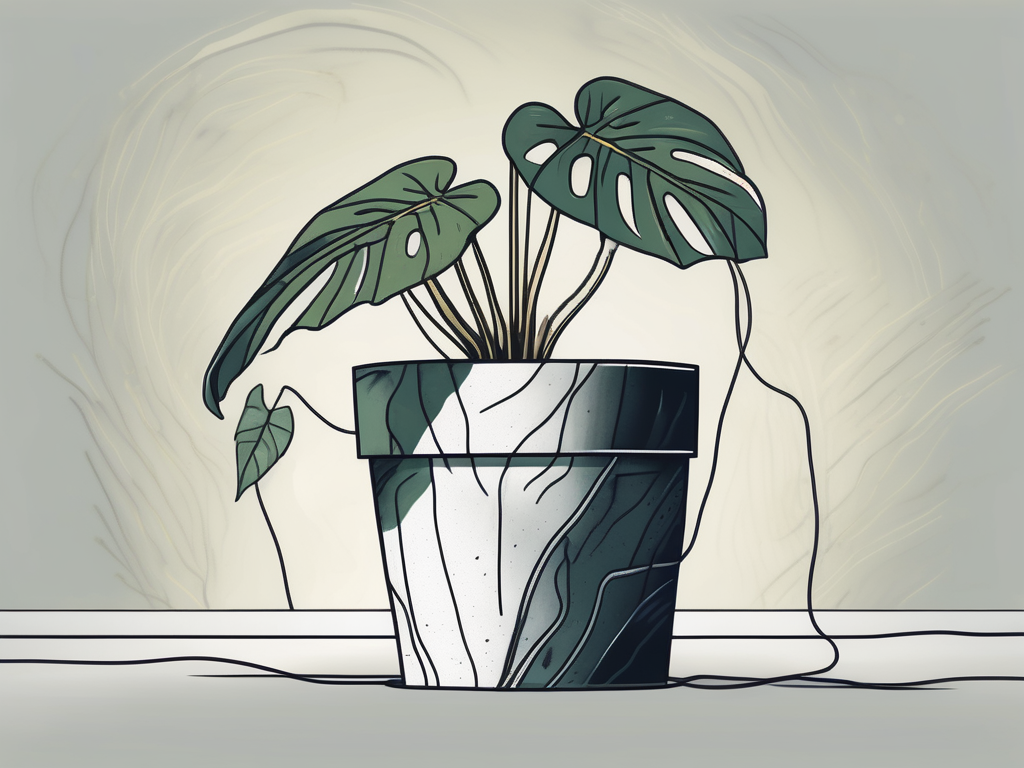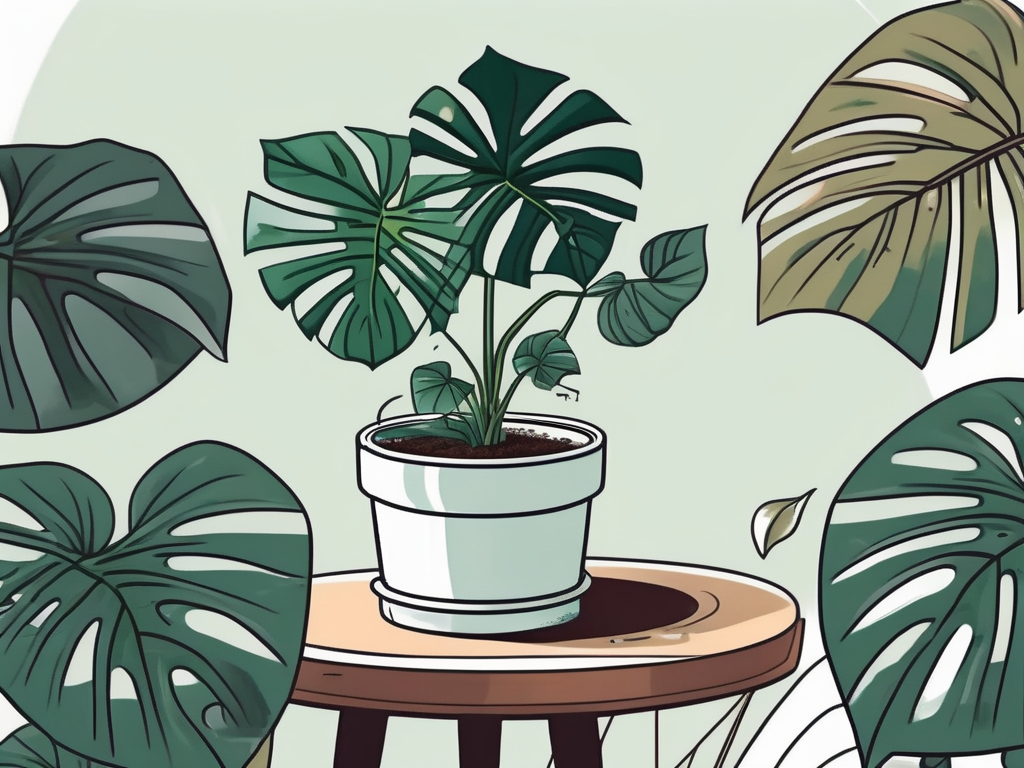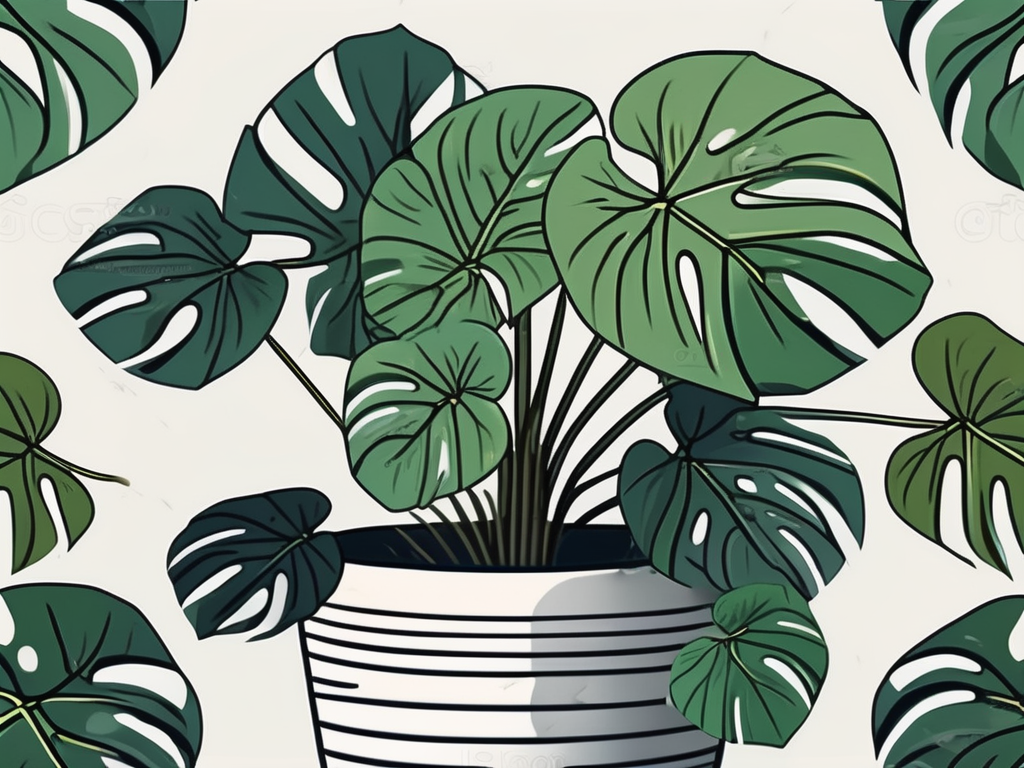
Monstera Laniata, with its dramatic leaves and unique charm, has captured the hearts of plant lovers everywhere. If you've ever fancied bringing a bit of the tropical vibe into your home, this plant might be the perfect choice!
Today, we'll walk through everything you need to know about caring for this stunning plant. From lighting and watering to battling pests and incorporating it into your decor, you'll become a Monstera Laniata pro in no time.
What Makes Monstera Laniata So Special?
The Monstera Laniata, often confused with its cousin Monstera Adansonii, is a true showstopper. Its leaves are larger, with a glossy finish and intricate fenestrations that seem to almost whisper the secrets of the jungle. But what sets it apart from the typical Monstera crowd?
Unlike the Monstera Deliciosa, which is known for its split leaves, the Laniata features deep cuts that don’t fully separate the leaf sections. This creates an almost lace-like pattern. These unique characteristics make it a conversation starter in any plant collection.
This plant isn't just about looks, though. It's relatively easy to care for, making it an ideal choice for both beginners and seasoned plant parents. Whether you're aiming to add a touch of green to your office or create a leafy oasis in your living room, the Monstera Laniata fits the bill.
Getting the Lighting Just Right
Lighting is one of the most important aspects when it comes to growing a Monstera Laniata. Too much sun, and those beautiful leaves might end up scorched; too little, and you risk stunting its growth.
Monstera Laniata thrives in bright, indirect light. Think of the dappled sunlight that filters through a forest canopy. If you're placing it indoors, a spot near a window with filtered light is perfect. North or east-facing windows often work best. If all you have is direct sunlight, consider using sheer curtains to diffuse the light.
If you're noticing that the leaves are yellowing, it might be a sign of too much direct light. On the other hand, if the leaves are growing smaller and the plant seems to be stretching, it's likely craving more light. Adjusting its position can often solve these issues.
For those of you with less natural light, don't fret! Grow lights can be a game-changer. Just make sure to choose a light that mimics the full spectrum of the sun and place it at the recommended distance from your plant. Your Monstera will thank you!
Understanding Watering Needs
Finding the right balance with watering can sometimes feel like a game of detective work. Too much, and you risk root rot; too little, and the plant becomes dehydrated.
The Monstera Laniata prefers its soil to be kept slightly moist, but not soggy. A good rule of thumb is to water when the top inch or so of soil feels dry to the touch. Depending on your home's humidity and temperature, this may mean watering every 1-2 weeks.
It's important to ensure your pot has good drainage. Without it, water can accumulate at the bottom, leading to root rot. If you're using a decorative pot without a drainage hole, consider placing the plant in a smaller pot with drainage that fits inside.
One handy trick is to use a moisture meter. It takes the guesswork out of watering, allowing you to see exactly when your plant needs a drink. Just insert it into the soil and check the reading.
Remember, overwatering is a common pitfall, so when in doubt, it's better to err on the dry side. Your Monstera will quickly let you know what it prefers, and you'll soon get into a rhythm that keeps it happy and healthy.
The Perfect Soil Mix
Choosing the right soil is like setting the stage for your Monstera Laniata to thrive. This plant loves a well-draining potting mix that mimics its natural habitat.
A combination of potting soil, perlite, and orchid bark usually does the trick. The potting soil retains some moisture, the perlite improves drainage, and the orchid bark adds that airy structure the roots love. You can think of it as creating an ideal environment for your plant to grow its best self.
If you're feeling adventurous, you might even try adding some sphagnum moss or coco coir for extra aeration. These materials help retain moisture while allowing excess water to drain away.
When repotting, gently tease out any compacted roots and trim any that look unhealthy. Fresh soil will give your Monstera a nutrient boost, encouraging new growth and vigor.
Ultimately, a happy Monstera Laniata is one that's snug in its pot with a soil mix that supports its growth. Adjusting your soil setup may take a bit of experimentation, but your plant will reward you with beautiful foliage once you get it right.
Humidity and Temperature Tips
Tropical plants like the Monstera Laniata crave humidity. After all, they're used to the warm, humid conditions of the rainforest. But how do you replicate that in a typical household without turning your home into a sauna?
Fortunately, there are simple ways to boost humidity around your plant. Grouping plants together naturally increases the humidity level, as they release moisture through their leaves. You can also place a tray filled with water and pebbles near your plant, ensuring the pot doesn't sit in the water itself.
If you're really committed, a humidifier is a fantastic investment. It keeps the air consistently humid, which is particularly useful during the dry winter months when indoor heating can zap moisture from the air.
As for temperature, Monstera Laniata is pretty forgiving. It thrives in temperatures between 65-85°F (18-29°C). Just be cautious of cold drafts or sudden temperature changes, which can stress the plant.
By keeping these conditions in mind, you're setting your Monstera up for success, helping it grow lush and vibrant year-round.
Nurturing New Growth with Fertilizer
Fertilizing your Monstera Laniata can make a significant difference in its growth and overall health. But how do you know when and what to feed it?
This plant benefits from regular feeding during the growing season, typically from spring through early fall. A balanced liquid fertilizer, diluted to half strength, every 4-6 weeks is usually sufficient.
Look for fertilizers with a balanced ratio of nitrogen, phosphorus, and potassium (often labeled as N-P-K). This ensures all-around nutrition, promoting healthy foliage and root development.
Be cautious not to over-fertilize, as this can lead to salt buildup in the soil, which can harm your plant. If you notice crispy leaf edges or a white crust on the soil surface, it's time to flush the soil with water to remove excess salts.
For those who prefer organic options, fish emulsion or worm castings can provide a gentle nutrient boost. Just follow the application instructions, and your Monstera will be thriving in no time.
Repotting Your Monstera Laniata
Repotting is a crucial part of Monstera care, giving the plant room to grow and access to fresh nutrients.
Typically, you should repot every 1-2 years, or when you notice roots starting to poke out of the drainage holes. This is a sign that your Monstera has outgrown its pot and needs more space.
When repotting, choose a pot that's only one size larger than the current one. Going too big can lead to overwatering issues, as there's more soil to hold excess moisture.
Start by gently removing the plant from its pot, being careful not to damage the roots. If the roots are tightly wound, you can carefully loosen them with your fingers. Place the plant in the new pot, filling in with fresh soil mix around the sides.
Water thoroughly after repotting to help the plant settle into its new home. Your Monstera may take a few weeks to adjust, but you'll soon see it bouncing back with vibrant new growth.
Dealing with Pests and Problems
No plant is immune to pests, and Monstera Laniata is no exception. However, with a little vigilance, you can keep your plant healthy and thriving.
Common pests include spider mites, mealybugs, and scale. These tiny invaders can be managed with regular inspections and prompt treatment. A gentle spray of neem oil or insecticidal soap can often do the trick.
Look out for signs like webbing, sticky residue, or small cottony spots on the leaves. Catching these early makes treatment much easier and prevents the infestation from spreading to other plants.
Besides pests, watch for signs of root rot, often caused by overwatering. If you notice a musty smell or black, soggy roots, it's time to take action. Trim away any affected roots, and repot your plant in fresh, well-draining soil.
By keeping an eye on your Monstera and responding quickly to any issues, you can prevent most problems from becoming serious. Your plant will reward you with beautiful, healthy growth for your efforts.
Incorporating Monstera Laniata into Your Decor
Finally, let's talk about styling your Monstera Laniata. With its striking leaves and vibrant green color, it can be a stunning focal point in any room.
Consider placing it in a decorative planter that complements your home's aesthetic. Whether you prefer modern, bohemian, or classic decor, there's a planter out there that will highlight your Monstera’s beauty.
A taller plant stand can elevate your Monstera, making it a statement piece without taking up much floor space. Alternatively, let it trail from a hanging basket for a more relaxed, jungle-like vibe.
Don't be afraid to mix and match with other plants. Pairing it with different textures and leaf shapes can create a dynamic, living display. Just ensure each plant has similar light and water needs.
Your Monstera can also thrive in a bathroom with natural light, where the humidity will make it feel right at home. Just make sure there's enough space to accommodate its spreading leaves.
Ultimately, your Monstera Laniata can be a versatile addition to any space, bringing a touch of nature and tranquility to your home.
Final Thoughts
Monstera Laniata is a beautiful and relatively easy plant to care for, making it a great addition to any plant collection. With the right light, water, and care, your Monstera will flourish and become a stunning focal point in your home.
At Cafe Planta, we're here to support your plant journey. We offer a variety of plants and accessories to help you build your dream indoor jungle. If you have any questions, don't hesitate to email us or drop us a message on Instagram. We love connecting with fellow plant lovers and sharing our passion for greenery.

